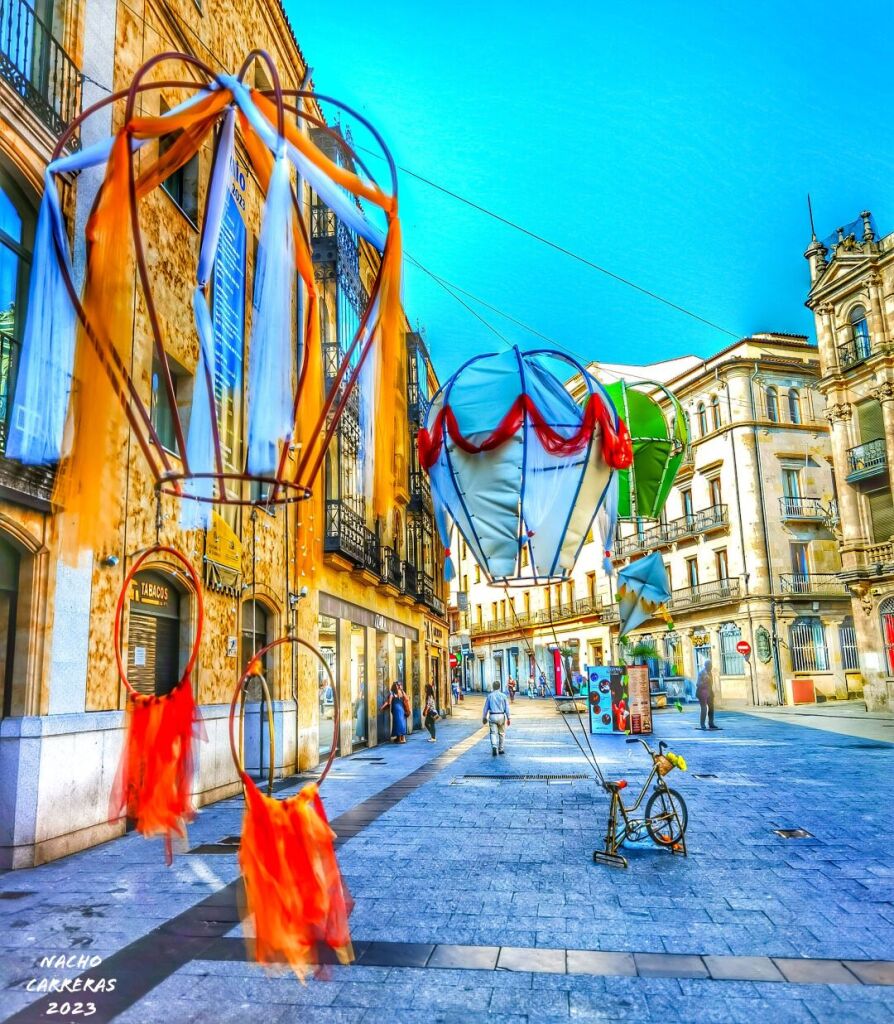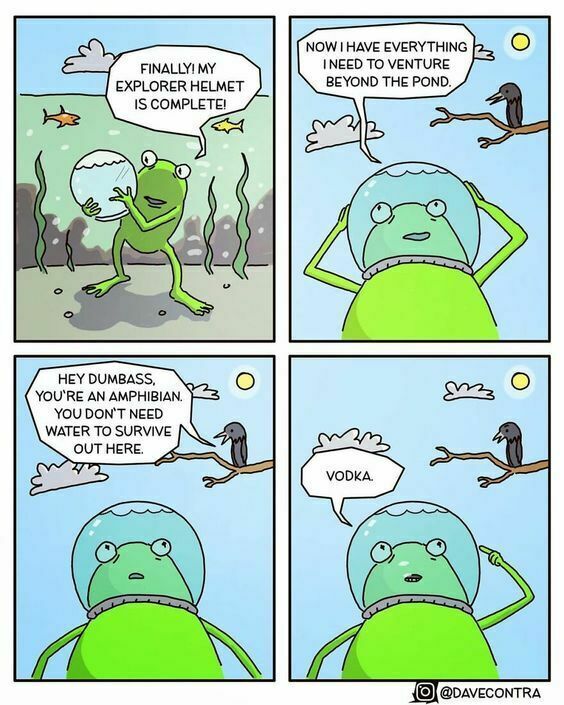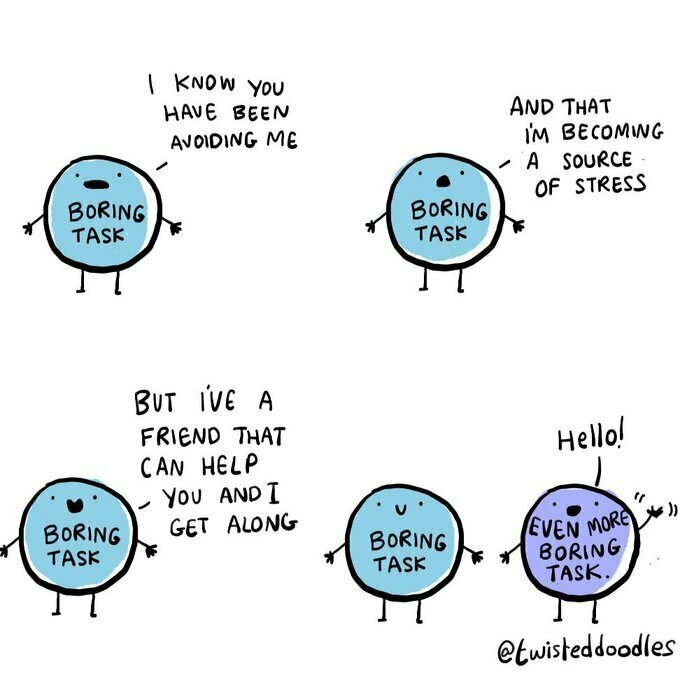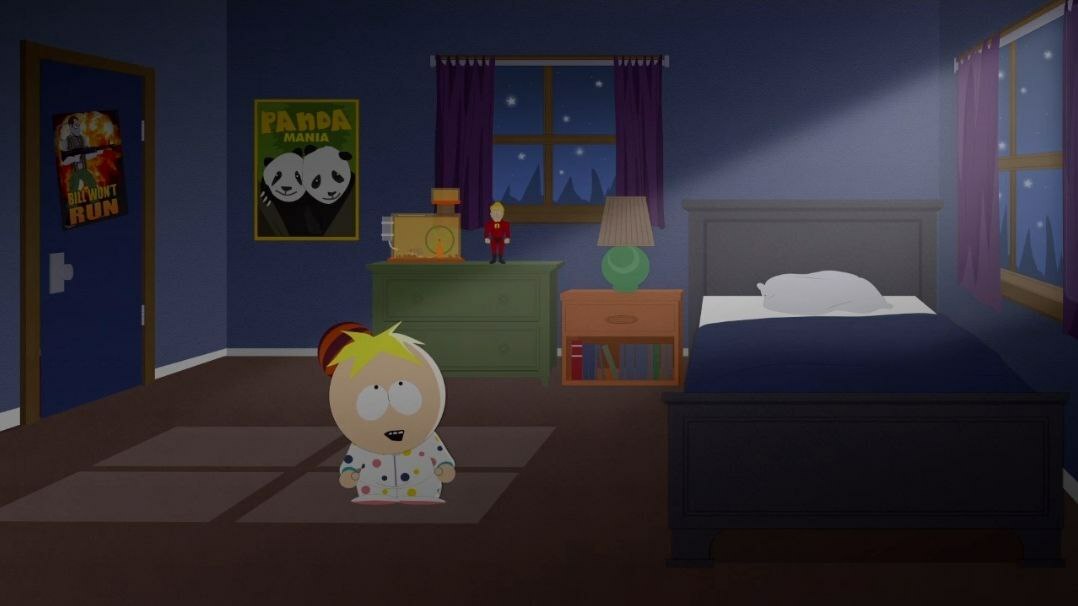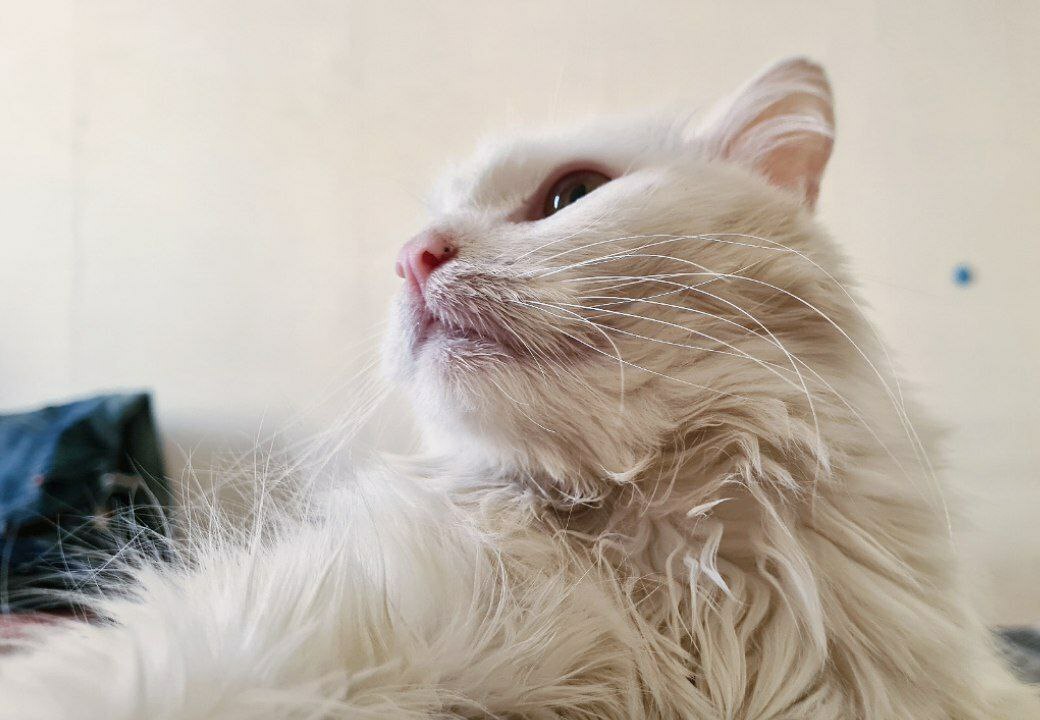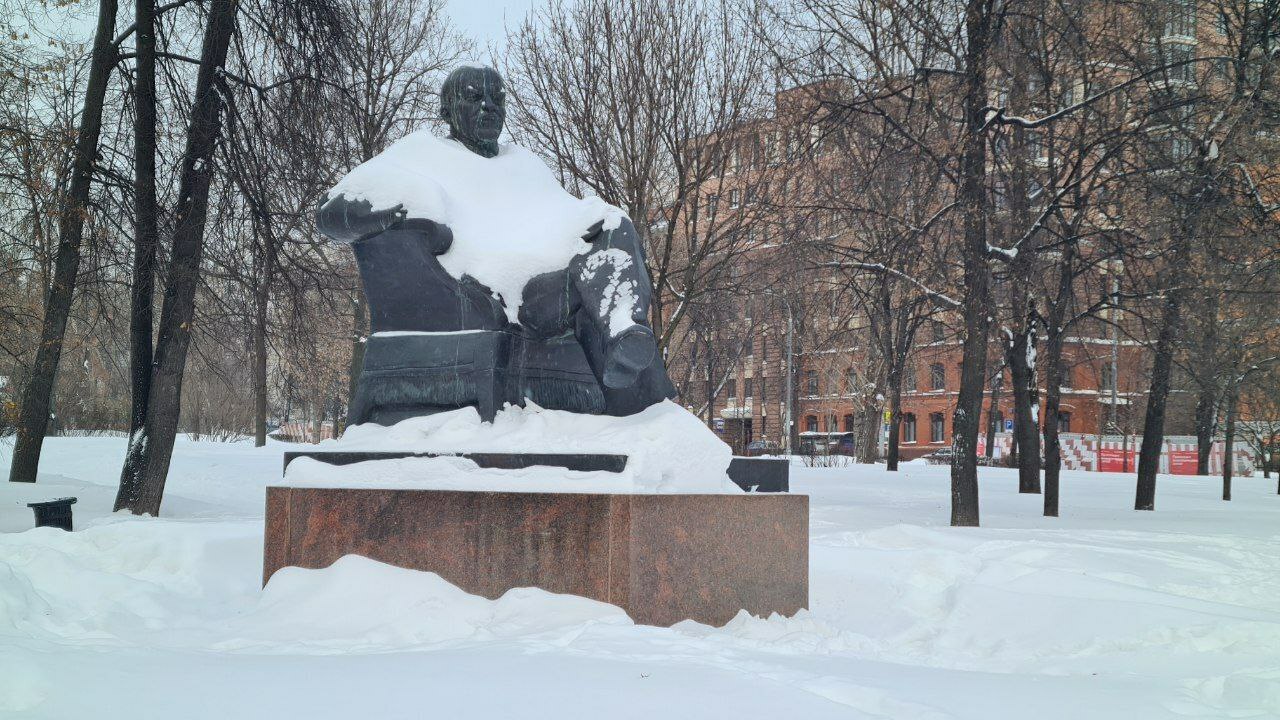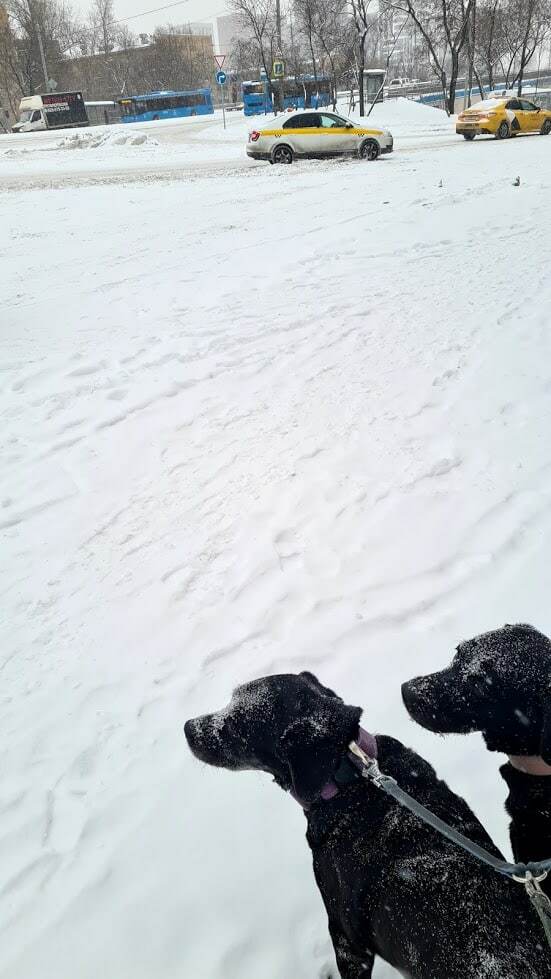As a #
father of a 1year-old and a #
teacher of #
philosophy at the #
University, this #
article hits close to home. We #
adults can easily fall into the default of dismissing children's comments because they are just uttering random words, or because they are still maturing and can't really engage in deep #
reflections. But that stance might not be completely correct. In fact, we might get closer to the big, important questions that come up from the #
human #
mind when talking to #
children than in any other instance of socialization.
My daughter is just uttering her first words, but I'm ready to engage in #
philosophical dialogue with her as soon as she starts sharing her first #
thoughts 😀
Kids don’t just say ‘the darndest things’. Playful and probing, they can be closer to the grain of life’s deepest questionsWhen I tell someone that I run a centre that brings philosophy into children’s lives, much of the time I’m greeted with puzzlement, and sometimes open #
scepticism. How can children do philosophy? Isn’t it too hard for them? What are you trying to do, teach Kant to kindergarteners? Or, somewhat more suspiciously, what kind of philosophy are you teaching them?
These reactions are understandable, because they stem from very common assumptions – about children and about philosophy. Central to our work at the Center for Philosophy for Children at the University of Washington is the conviction that we ought to challenge beliefs about children’s limited #
capacities, and to expand our understanding of the nature of philosophy and who is capable of engaging in it. As one seven-year-old put it: ‘In philosophy, we’re growing our minds.’
Most of our philosophy sessions with children are in public elementary schools; the aim is to discover what topics the children want to think about, and to foster discussions and reflection about these subjects. I don’t think of what I do as teaching philosophy, though. The point is not to educate children about the history of philosophy, nor to instruct them in the arguments made by professional philosophers.
Children’s questioning can constitute the most primary of philosophical activities: reflecting on the meaning of ordinary experiences and concepts in order to develop an understanding of the world, others and themselves. When I ask children what questions they wonder about, their responses typically include questions such as: why am I here? Who am I? Why is there hatred in the world? What happens when we die? How do I know the right way to live? One parent told me that her three-year-old daughter keeps asking her: ‘Mommy, why do the days just keep coming?’
Although adults know that young children are inclined to ask a lot of questions, we tend to believe that they’re too immature and unsophisticated to reflect seriously on complex topics. We characterise children as curious and full of wonder, but we assume that they don’t really understand the philosophical dimensions of the larger questions they pose.
But, if we think back, many adults will recall that their philosophical wondering began in childhood. For a lot of us, in fact, childhood is the period of life in which we spend the most time wondering. Quite a few professional philosophers’ interest in the field emerged from an early enthusiasm for questioning. Some describe the experience of taking a philosophy class or reading a philosophical text and recognising the questions involved as those they’d been thinking about since they were young.
When I was a graduate #
student in philosophy, I became intrigued by the questions my young children were asking. I began thinking about my own childhood and remembering the thoughts I had about #
life and #
death, the #
meaning of life, friendship, happiness, and family. I remember, for example, being six or seven years old, in bed and ready to sleep, thinking about death and the possibility that one day I would no longer exist in any form. #
Nothingness. How could it be, I reflected, that I was here, now, and then one day I would no longer exist? The fact that I would die someday was scary, and I wondered what it meant for how I should think about my life.
My conversations with children and parents over the years confirm that I was not alone in having these thoughts at this age. Aristotle maintained that ‘all human beings by nature reach out for understanding’. Early in life, young children begin to try to make sense of their worlds and to understand the way things work. Almost as soon as they can formulate them, children begin asking #
questions about the #
concepts they hear and the #
world they experience.
Around age four, children start asking what we call ‘why questions’. Why are people mean to other people? Why do I have to go to school? Why don’t dogs talk?
Many elementary school-age children are wide open to life’s philosophical mysteries, lying awake at night thinking about questions such as whether God exists, why the world has the colours it does, the nature of time, whether dreams are real, why we die, and why we exist. Once, during a philosophy session I was leading, a 10-year-old child asked me:
I want to know why we work hard and worry about money, and what we’re going to do when we grow up, what we’ll do for work and food and shelter, when one day we’re just all going to die. I mean, what’s the point? What does it mean to be alive?
#
Curious about aspects of the world that most adults take for granted, children demonstrate a seemingly instinctive capacity to ponder the most basic elements of life and society. Yet despite our #
awareness that children wonder and ask questions, the deeper meaning of what they have to say is regularly dismissed by #
adults. We react to children’s big #
questions or expressions of philosophical thoughts by remarking on how cute or amusing they are (‘Kids say the darndest things’) or by dismissing them (‘She doesn’t understand what she’s saying’), not by taking them seriously.
Adults underestimate children’s capacities in general, and their capacities for serious thought in particular. Our perceptions of children are largely governed by developmental preconceptions, and especially by the belief that children are moving from being relatively incapable beings to eventually becoming capable adults.
Even as #
childhood is idealised as an idyllic phase of life, children themselves have been cast as what psychologists and sociologists label ‘human becomings’ as opposed to human beings. Children are in the process of becoming fully human, but are not there yet. By contrast, adults are understood as complete human beings. As a result, we see children as ‘defective adults’, in the words of the cognitive scientist Alison Gopnik.
Why might this be? For one, Western culture prizes autonomy, which places children at a disadvantage. Young children, of course, can’t be fully autonomous; because of their #
youth, they have much to learn and multiple skills to develop before they can take full control over their lives. Because of this dependence – physical, financial and emotional – children are in a subordinate position, with their ideas and perspectives given little weight.
Certainly, children depend on adults in order to flourish, and it seems reasonable that adults assume responsibility for children’s wellbeing and developing decision-making capabilities. It’s regrettable, however, that this sense of responsibility is frequently accompanied by an undervaluation of children’s capacities to think independently. There’s a distinction between helping children to develop in healthy ways and protecting them from cruelty, violence and the responsibilities for which they’re unprepared, and failing to appreciate their perspectives.
Being a child shouldn’t mean being treated as a mediocre thinker. But the idea that children are capable of careful thinking about abstract issues is difficult for many adults to accept. And the prospect of children doing philosophy poses its own unique challenges.
Philosophy is an unfamiliar subject for many people. Unlike countries in Europe and Latin America, for example, the United States doesn’t have a tradition of including philosophy in the high-school curriculum, and it’s seen as the exclusive province of adults with advanced degrees and specialised knowledge. Philosophy has the unfortunate reputation of being a difficult and esoteric subject, inaccessible to most adults, let alone children.
Most adults who’ve had any experience with philosophy were introduced to it in college. Often, when hearing about my work, people will recount their experiences of taking college philosophy courses, and ask me how this can possibly be appropriate for children. Studying philosophy as a college student customarily involves learning about the arguments that have been made by both classic and contemporary #
philosophers, as well as developing important related skills: how to construct a coherent argument, spot fallacies and other mistakes of logic and reasoning, and anticipate and consider possible objections to a philosophical view.
What college philosophy students don’t tend to do, though, is engage in open discussion about the questions themselves, without reference to philosophical experts. As a result, most adults define doing philosophy solely as the work of professional philosophers.
This isn’t to say that what goes on in academic philosophy is unimportant. There’s great value to be found in studying challenging philosophical texts, exploring the history of ideas through the work of great philosophers, understanding intricate theories, and learning how to develop rigorous philosophical arguments. But this isn’t all that philosophy is. Philosophy isn’t confined to what goes on in colleges and universities: it predated these institutions, and it’s alive outside of them.
Philosophical wondering is part of being a human being. What is the right thing to do? Why do people have to die? Is this person really my friend? When we think about such questions, we’re doing philosophy, participating in a tradition that’s been around for thousands of years. Most adults who ponder philosophical questions aren’t professional philosophers, but that doesn’t disqualify them from engaging in philosophical #
inquiry.
Likewise, the fact that children are beginners at philosophy doesn’t mean that they’re not doing philosophy at all. Although young children don’t engage in philosophical exploration through reading philosophical texts or writing papers or earning degrees, they can nevertheless take part in the discipline.
Rather than teach philosophy, we try to do philosophy with children by creating spaces for them to explore the questions that interest them. Ordinarily, I begin with a philosophically suggestive prompt. Important philosophical questions and ideas – subjects such as the meaning of happiness, justice and fairness, the relationship between freedom and community, the nature of beauty, and many other matters – emerge not only from the works of classic and contemporary philosophers, but also from picture books and other children’s literature, art and music, film, games and activities, and from many of the ordinary activities we engage in every day.
I then ask the children: ‘What questions does this make you wonder about?’ The students spend a little time reflecting and coming up with philosophical questions, sometimes in small groups. Once they’ve shared their questions, they generally vote on which questions would be most interesting to explore. The children then spend the bulk of the philosophy session discussing those questions.
During the pandemic, questions about death and mortality have come up frequently. In an online conversation last spring with a class of fourth-grade students, we were discussing whether you can be happy and sad at the same time. Most students responded affirmatively, and we wondered together about whether you can ever be purely happy, without any sadness. One student, whom I’ll call Ava, said:
I agree that you can be happy and sad at the same time. Even though we think of sadness and happiness as opposites, they can sometimes be put together. That’s usually moments when you feel happy in your life and then you realise that your life isn’t going to last forever. It will maybe last a long time, I’m only nine years old and I have my whole life ahead of me, but, still, I want to stay in life and I know I can’t.
As Ava observes, sadness often resides within happiness, and these feelings are connected to the brevity of life: ‘moments when you feel happy in your life and then you realise that your life isn’t going to last forever.’ Feelings of immense joy bring with them the reminder that life will end, that everything we experience is fleeting.
Ava’s words are a powerful and poignant expression of the pathos of the human condition: we are mortal and one day our lives will end. I’ve been thinking about her comment since, and about the ways that children seem so attuned to the fact that mortality is at the heart of our existence, that our lives have what the philosopher Samuel Scheffler
calls ‘temporal scarcity’. We live knowing that our days are numbered. Indeed, we might conclude that being mortal is possibly the most essential element of what it means to be a human being.
I’ve been wondering if it’s at the beginning and end of life that we’re most in touch with this awareness: when #
death is new and when it’s near. The concept of death is so powerful for children because it’s then that we first become aware that our lives are finite. At the end of life, the reality of death’s proximity leads us to evaluate how we’ve lived. In between, we become caught up in the demands and rhythms of life and don’t seem to spend much time considering what our inevitable deaths mean for how we should live our lives, except perhaps when we suffer loss.
But awareness of death, however sad and painful it might be, can help us to treasure life’s preciousness, and give our lives greater depth and meaning. As the poet Wallace Stevens said: ‘Death is the mother of beauty.’
In these kinds of conversations, I am struck by the strengths that children bring to philosophical exploration, and particularly by their willingness and ability to approach these questions candidly and imaginatively. Although children’s early philosophical thinking reflects their newness to the practice, this newness also entails an openness to imagining an innovative range of possible solutions.
For children, philosophy is a profoundly imaginative and playful endeavour. They exhibit what is sometimes
referred to as ‘beginner’s mind’, a way of approaching experience with a fresh and receptive perspective. The writer John Banville refers to childhood as ‘a state of constantly recurring astonishment’ in which ‘at every other moment [the child] encounters something new and extraordinary’.
Sometimes described as living in the world of the possible, children are open to considering creative options; viewing the world from a perspective of wonder and openness, they seem less burdened by assumptions about what they already know. As one 10-year-old put it: ‘Because adults know so much about what is real and what isn’t, they have less imagination about the possibilities.’
Children tend to be willing to entertain a wide range of ideas, some of which most adults would rule out as farfetched and unworthy of attention. In fact,
research confirms that because children are less burdened by expectations about the way things should be, they are, in some settings, more flexible thinkers and better problem-solvers than adults.
Philosophy benefits from children’s fresh and unencumbered points of view. Examining philosophical problems requires an openness to new ways of thinking, imaginative examples, and a willingness to play with ideas. Children have particularly strong abilities in these areas.
As we grow out of childhood, we move away from being in a state of discovery, and our thinking becomes less open and more constrained by settled beliefs. We think we understand, or are supposed to understand, how the world works, and this narrows our sense of what’s possible. Children’s minds are less burdened by what they’ve already decided is impossible.
Philosophical conversations with children offer opportunities for a different kind of interaction between adults and children than the typical one of the adult as teacher or authority, and the child as student or dependent. Because questions of philosophy aren’t the kinds for which there’s a settled and definitive answer, adults don’t need to be the experts, the ‘repositories of wisdom’.
Instead, we can become co-enquirers, seeking with children to better understand the philosophical dimension of human life by investigating questions that are important and perplexing to all of us, and appreciating the different experiences and outlooks that we each bring to our discussions.
Adults and children both come to philosophical encounters with important capacities. Adults contribute life #
experience, conceptual sophistication, and a facility with #
language and #
reasoning. Children bring a fearlessness about thinking creatively, without worrying about making a mistake or sounding silly, and a willingness to share their thoughts openly.
Acknowledging children as philosophical #
thinkers in their own right gives them the opportunity, in a very real sense, to regard themselves differently, as valued independent thinkers. A 10-year-old recently commented about philosophy: ‘I like having my voice valued.’ These kinds of exchanges foster a recognition of children’s unique and important perspectives.
When adults genuinely listen to children, when our #
interactions with them are mutual, this challenges our preconceptions about children’s #
capabilities and #
limitations. Their distinctive points of view become more accessible to us, we’re able to take in what they have to say without prejudgment, and we become open to learning from them.
When I reflect on the meaning of childhood, for example, I recall one 10-year-old’s statement:
When you think about it, childhood and adulthood are just ideas people thought of, and then they put boundaries around these names to create something that isn’t actually real. There really is no such thing as ‘being a child’ or ‘being an adult.’ They’re just labels. We’re all people.
This child wondered whether childhood exists at all outside of human construction, suggesting that the distinction we make between children and adults seems artificial; that is, it’s based on a convenience, a way of organising life (for example, you have to be 18 to vote) and not on any objective truth. The comment made me think about the way we categorise children, and how their own thinking about childhood and what it means is significant; after all, they’re immersed in the experience, whereas I can only try to remember what it was like to be a child.
Over the years, I’ve regularly been inspired to rethink my own views about some of the philosophical questions I’ve explored with children. A conversation with some elementary school children, for instance, called into question the generally accepted view that friendship is necessarily a reciprocal relationship. Aristotle contends that the primary feature defining friendship is mutual care and attentiveness, or what he calls ‘goodwill’: friendship is reciprocal. Most philosophers agree. Likewise, much of the
research in this area assumes that reciprocity and mutuality are essential for a relationship to be termed a friendship. People are characterised as friends, that is, only if each defines the other as a friend.
But in a conversation about friendship, a group of 11-year-olds disagreed. They reflected that sometimes one person wouldn’t call a relationship a friendship and the other person would, but the two might just have different ideas of what it means to be a friend. One student observed that sometimes there are people who don’t treat you as a friend, but this doesn’t mean that the friendship doesn’t exist. They also noted that there can be periods in a relationship that aren’t very mutual, when one friend needs more and gives less than the other. Some friendships might be less than fully reciprocal much of the time, they said, yet we would continue to describe the relationship as a friendship. Others noted that friendships take time to develop, and sometimes the timing differs for two people within a single relationship, because the pace at which closeness evolves might not be mutual – one friend might feel the connection before the other.
I’ve noticed that children’s thoughts and observations regarding friendship are particularly insightful because, I think, friendship is so central in their lives. Especially once they begin school, children
spend much of their waking hours with their peers, much more so than do adults. Learning how to develop and sustain friendships is one of the principal tasks of childhood, and children’s ideas about friendship can contribute in valuable ways to our collective understanding.
Children have a great deal to offer. If we can respond to them without thinking of them as ‘just children’, we can foster reciprocal exchanges that have the potential both to enlarge our perspectives and to deepen our relationships with the children in our lives. Their thoughts can remind us of how we saw the world when we were children, affording us access to their ideas. Listening to them requires that we be willing to relinquish, as the philosopher Gareth Matthews put it, ‘the automatic presumption of adults’ superiority in knowledge and experience’, and that we approach our encounters with them with the awareness that we might have something to learn from them.
Doing philosophy with children invites adults to connect with the special capacities present in childhood – wonder and curiosity, vibrant awareness and imagination, and a boundless sense of the possible – and thus to enliven and expand our own philosophical universe.



